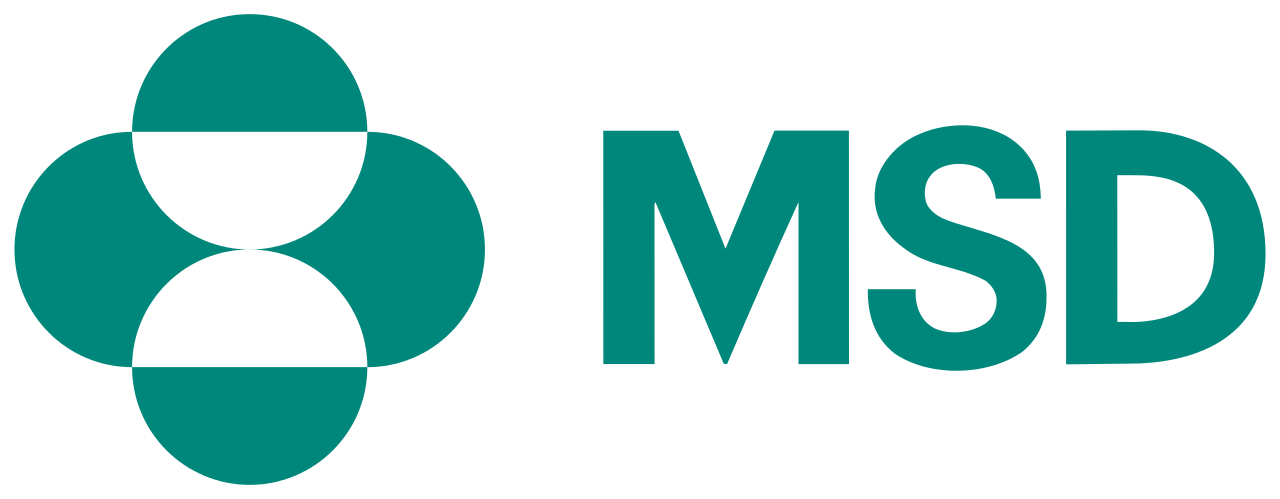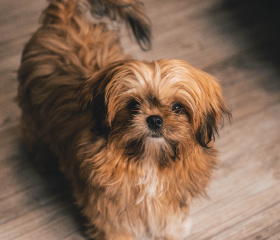
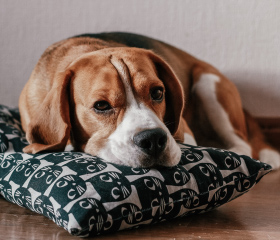
IVDD is a condition where the cushioning discs between the vertebrae of the spinal column bulge or burst into the spinal cord space. These discs then press on the spinal cord causing pain, nerve damage, or even paralysis.
Dog breeds that are predisposed to IVDD include Dachshund, Beagle, Basset Hound, and Shih Tzu, however cases of IVDD have been spotted in Jack Russell as well as mixed breeds.
Symptoms
Dogs would usually present with sudden weakness or lameness of the hind legs, anxiousness, back pain, unwillingness to eat and climb stairs and sometimes loss of bladder and bowel control. We recommend taking your pet to the vet as soon as any of these symptoms surface since prompt treatment is required for the best chance of recovery.
How will the vet confirm IVDD?
The vet will do a physical and neurological exam – feeling the back, testing the front and hind legs for reflexes, etc. This will determine the degree of spinal column damage. The vet might also need to take an x-ray of the back and possibly do a myelogram (contrast medium is put into the space between the vertebral column and the spinal cord). This will determine the exact location of the lesion for surgical repair as well as the extent of the damage to the spinal cord.
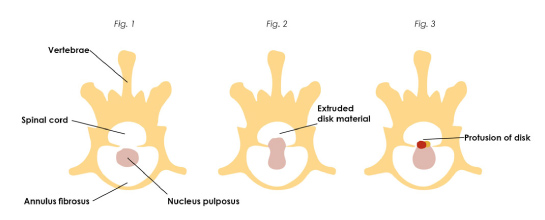
Treatment
Depending on the severity of the condition, treatment can range from conservative to surgical. Conservative care includes very strict confinement for 2-6 weeks and medicinal treatments such as steroids or anti-inflammatories, muscle relaxants and nutraceuticals such as Chondrofocus to reduce pain and the swelling of the spinal cord. After a period of resting, your pet is allowed to gradually return to normal activity
If the damage is too severe, emergency surgery is needed to open up the space. This is done by removing a portion of the bony vertebrae over the spinal cord and the disc material. Dogs that undergo surgery soon after diagnosis have a better chance of recovery. Even after surgery, however, the dog may not recover fully.
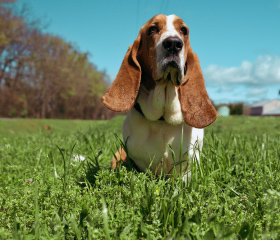


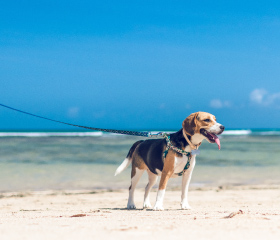
Management
Dogs will be treated with anti-inflammatories, nutraceuticals and muscle relaxants and will receive physiotherapy. Owners might need to assist with the toilet routine for a while. In dogs that lose sensation in the limbs, recovery can occur up to two months after the incident. Dogs that do not regain the function of their hind legs can maintain a high quality of life using a cart and the owners assisting with emptying the bladder.
Prevention
- It is recommended to keep your dog at a lower weight; this will reduce stress on the neck and back.
- Using a harness when walking will also reduce stress on the neck
- Prevent your dog from jumping on and off furniture by building ramps
- Give prophylactic nutraceuticals such as Chondrofocus containing Resveratrol, Avocado/Soybean Unsaponifiables, MSM and Vit E and C.
- Do not give supplements containing Chondroitin Sulphate and Glucosamine as this might have a negative effect on the disc composition.


